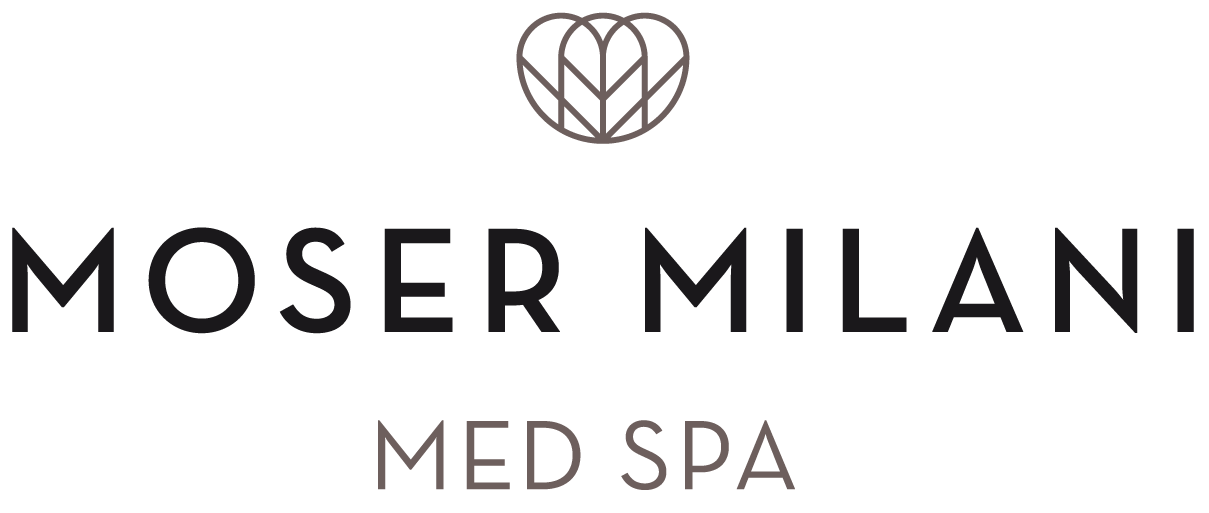Hand surgery
Dupuytren's disease or contracture or Dupuytren's disease is a benign disease in the palm of the hand and fingers, which causes scarring and makes full extension of the hand impossible. This is why the disease is popularly known as “tendon shortening”. or “crooked finger disease” called. Unfortunately, the cause of the disease is still unclear, although it is very common.
Read more at:
www.veithmoser.at/Handchirurgie

“Feel free to show your hands again!”
Hand surgery
Operation for Dupuytren's disease at a glance
Before the Operation
- For a period of around 14 days before the operation, you should avoid medications that contain acetylsalicylic acid (e.g. aspirin, ASA, etc.), as these impair blood clotting.
After the Operation
- Suture removal after ten to 14 days. The procedure requires wearing a splint at night for three to six months. Two weeks of rest, including elevation and cooling, are essential after the operation.
- Physical and/or occupational therapy can usually begin five days after the procedure.
What will happen
What can happen
Any swelling and discoloration caused by bruising in the surgical area will subside after about a week. Sometimes a feeling of numbness is felt in the area of the scar, but this also disappears after about two to three weeks. The most common risks include wound healing disorders, which occur particularly frequently in smokers. You should therefore avoid nicotine for at least two weeks before the operation and during the entire wound healing phase!
Schedule a Consultation
Dr. Veith Moser
Specialist in plastic, aesthetic and reconstructive surgery


